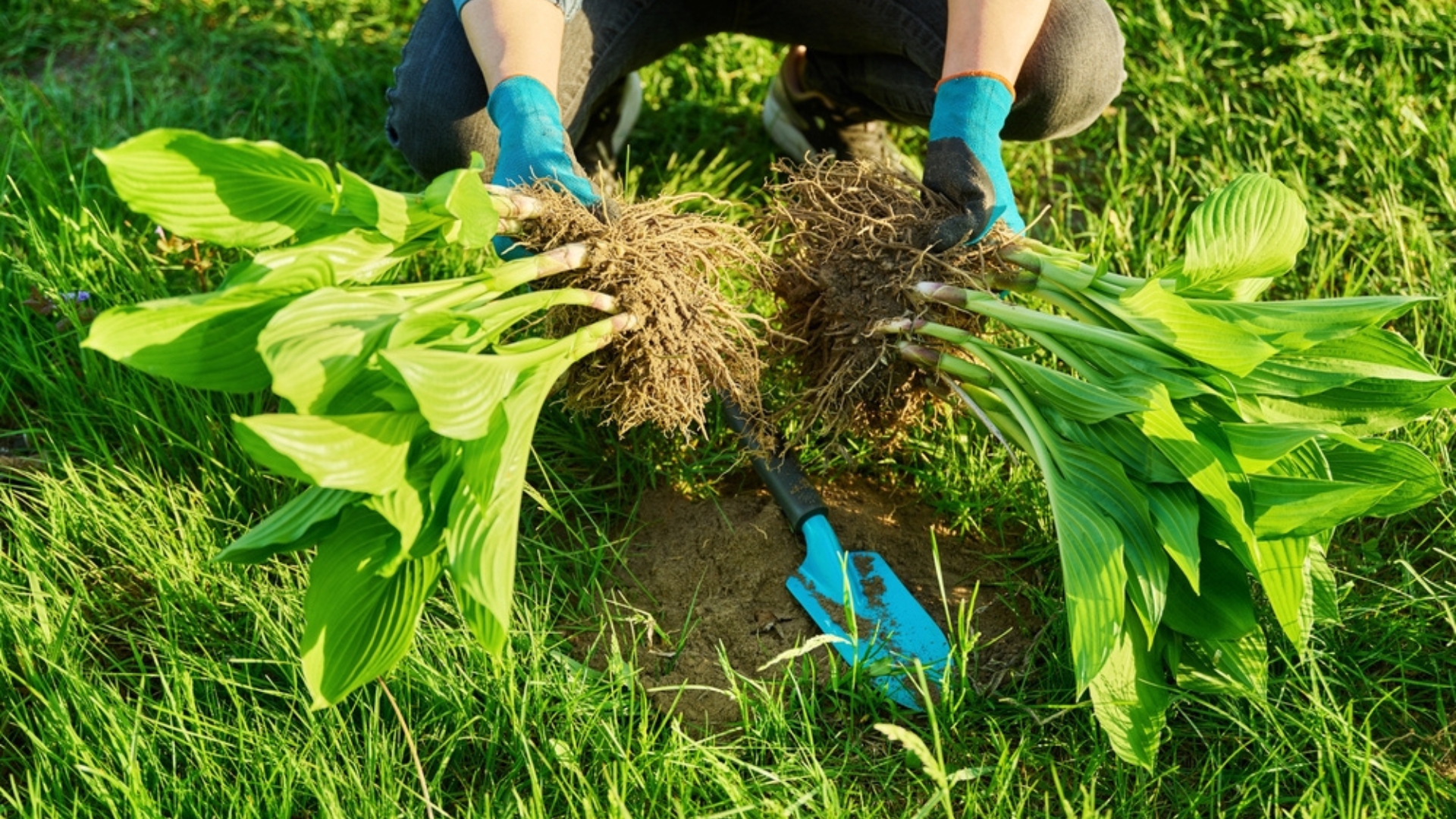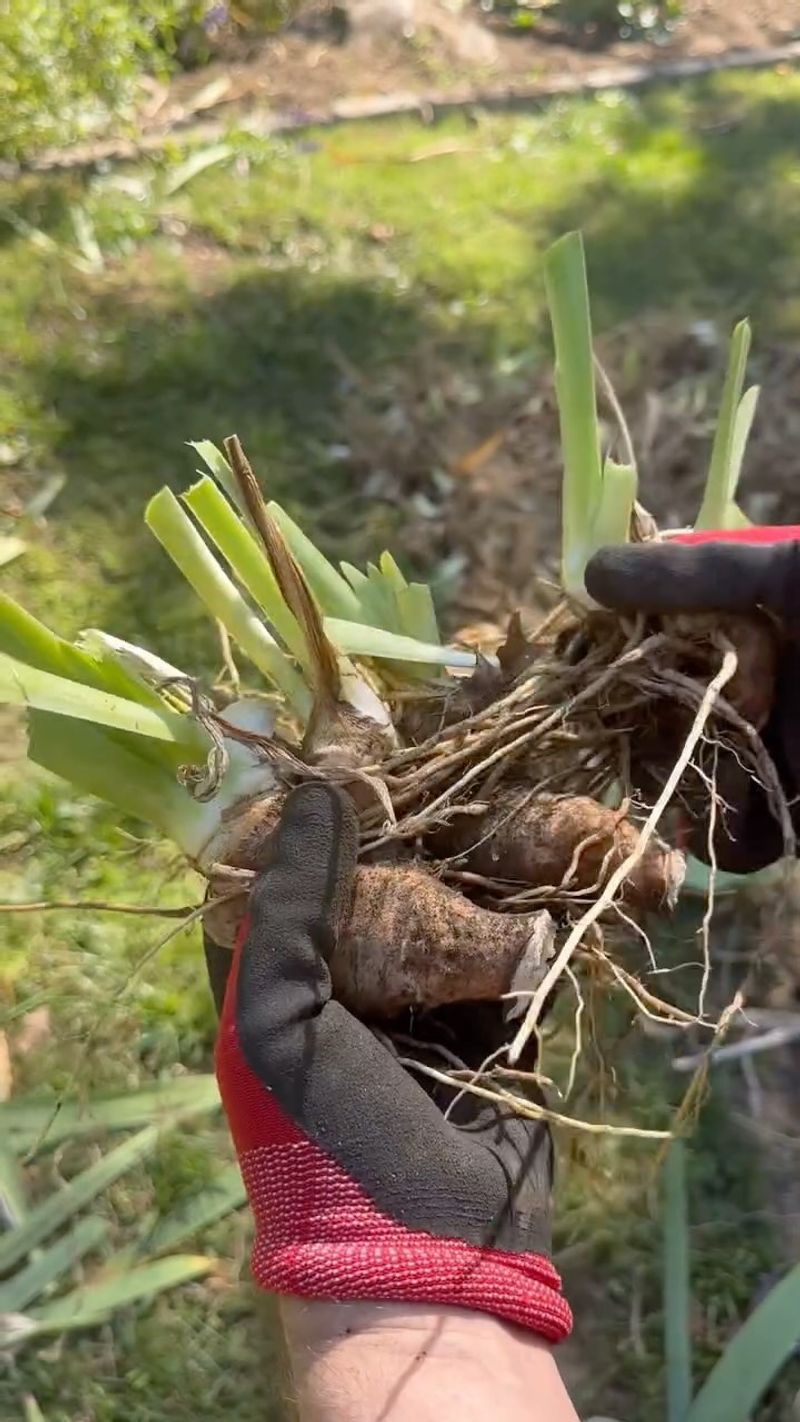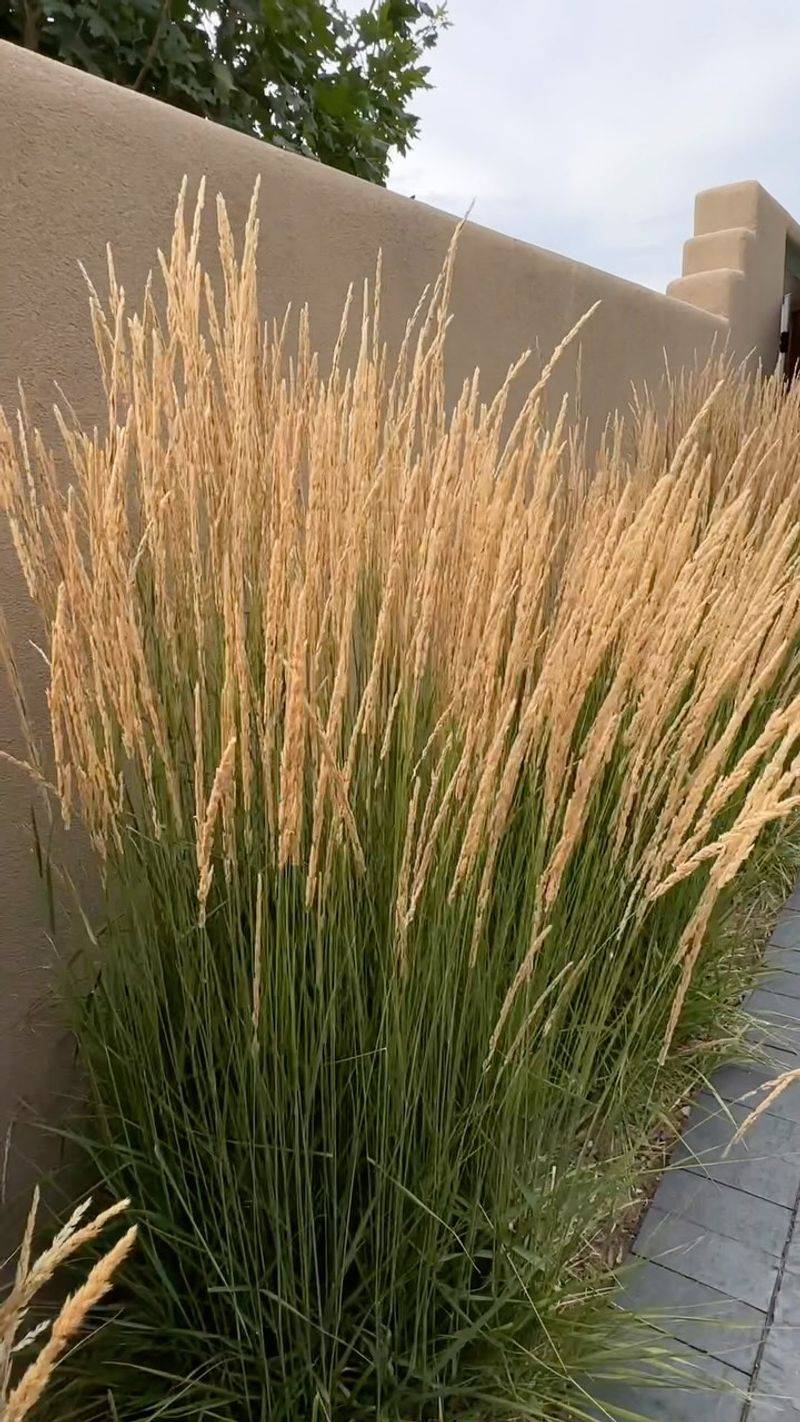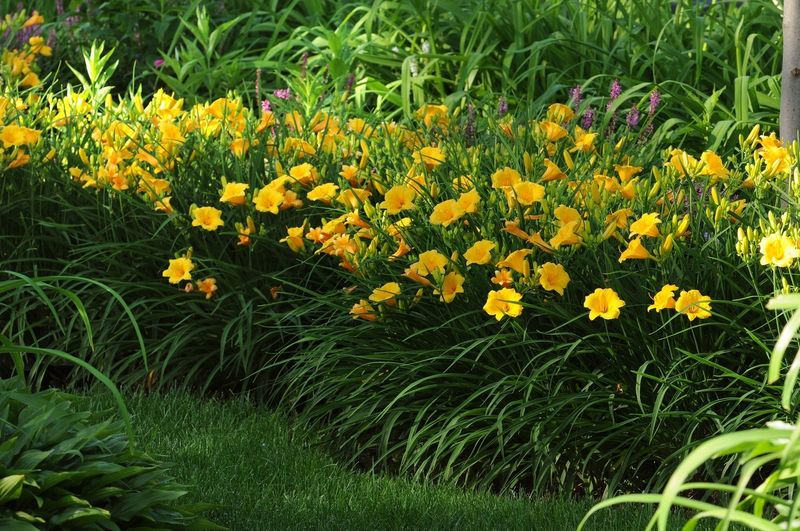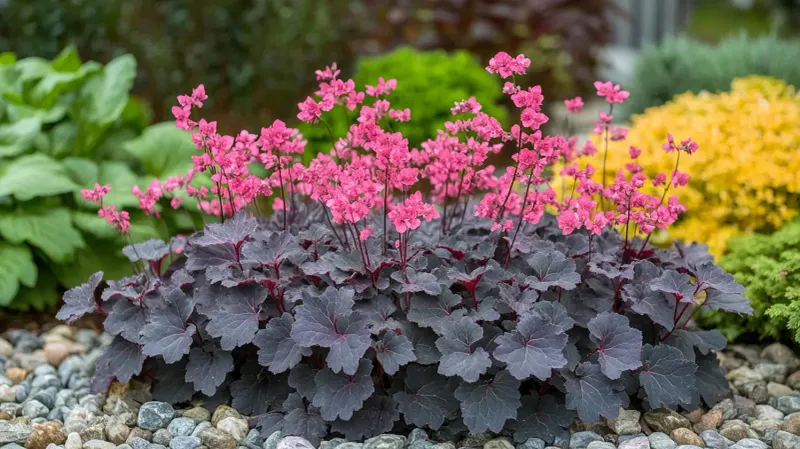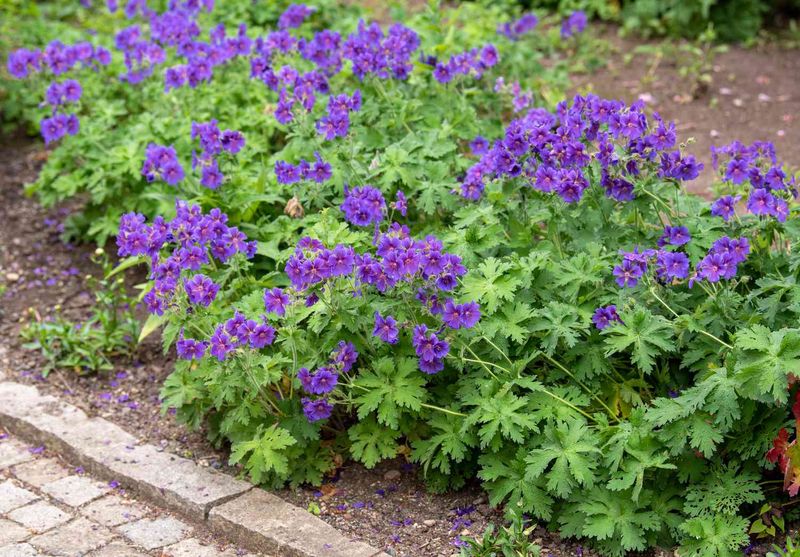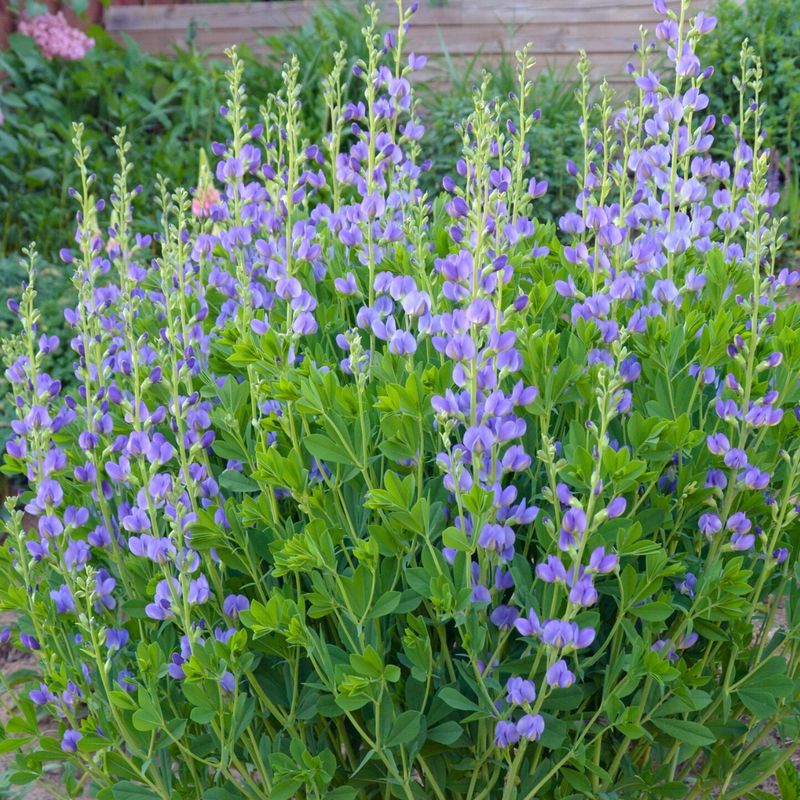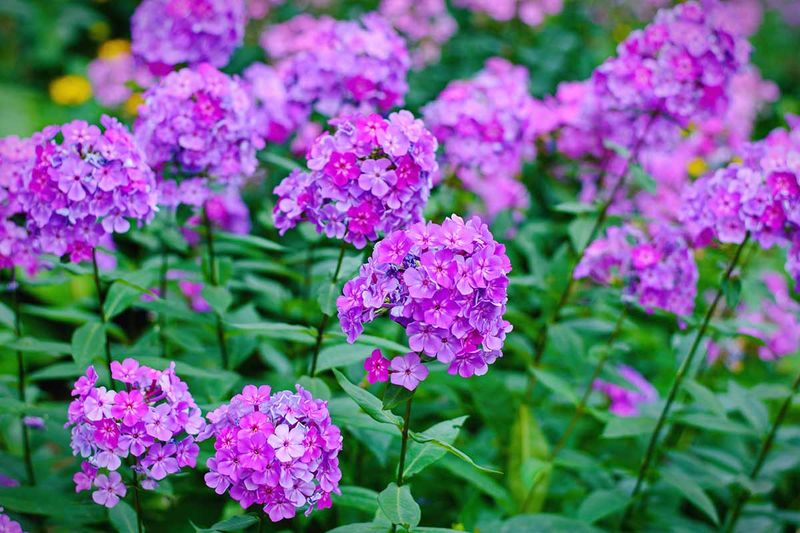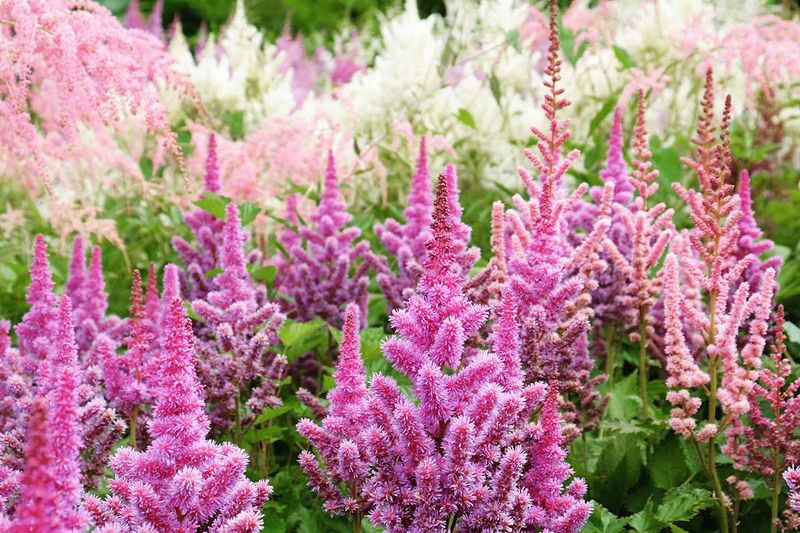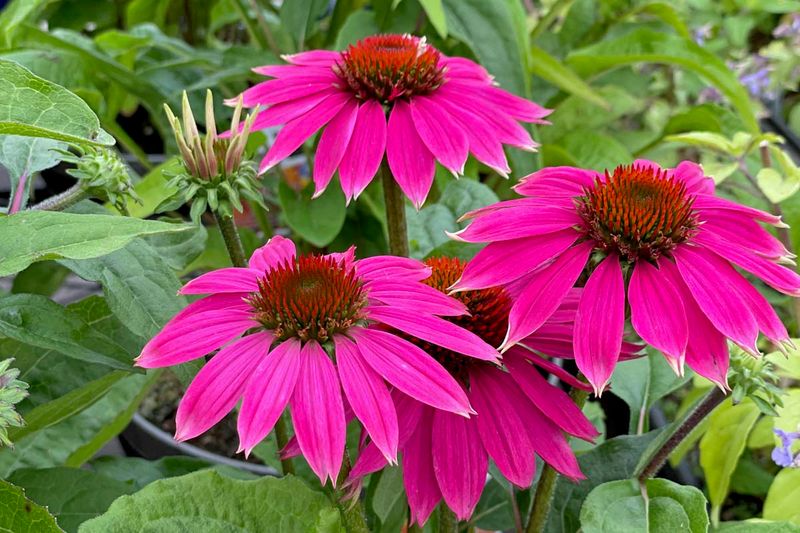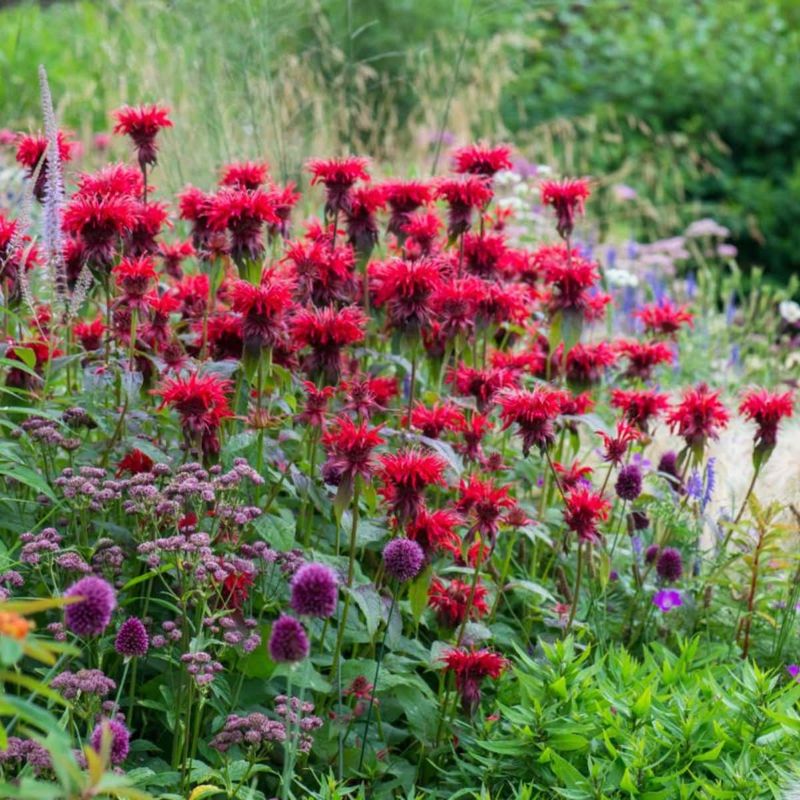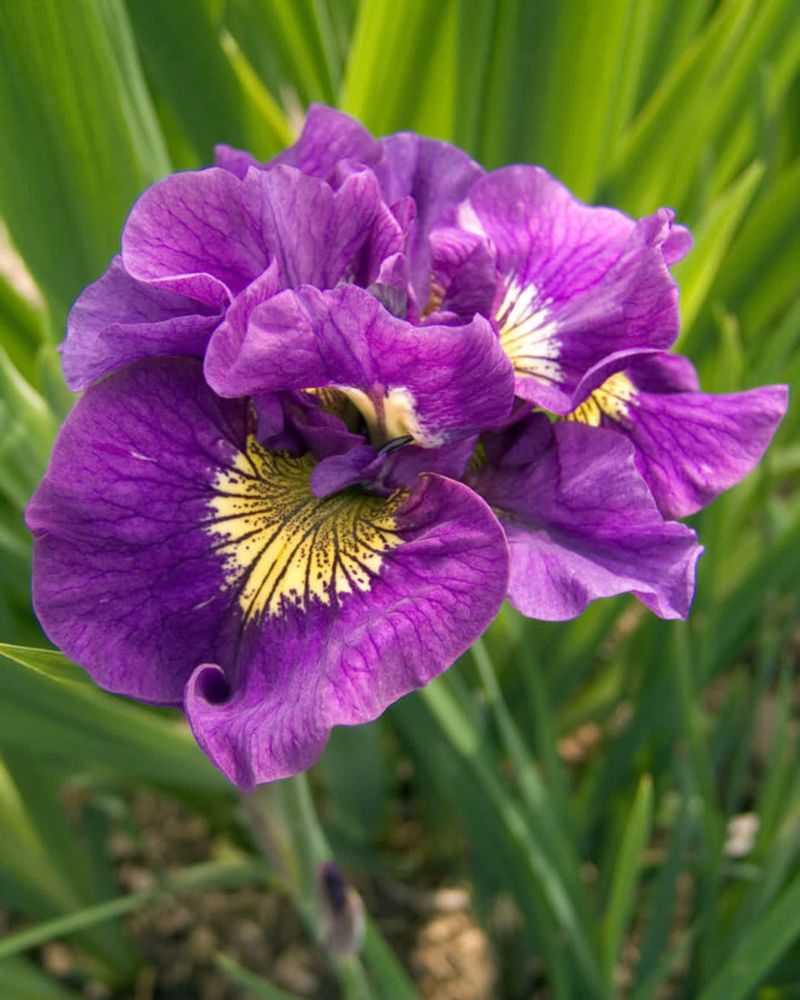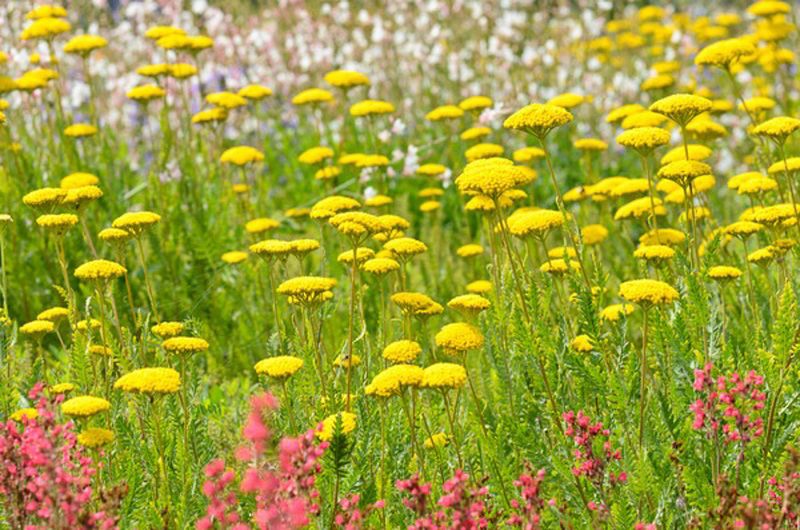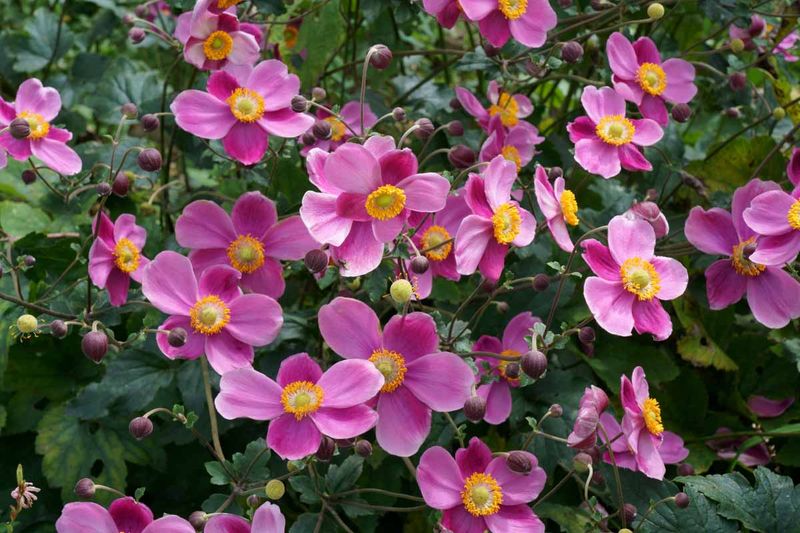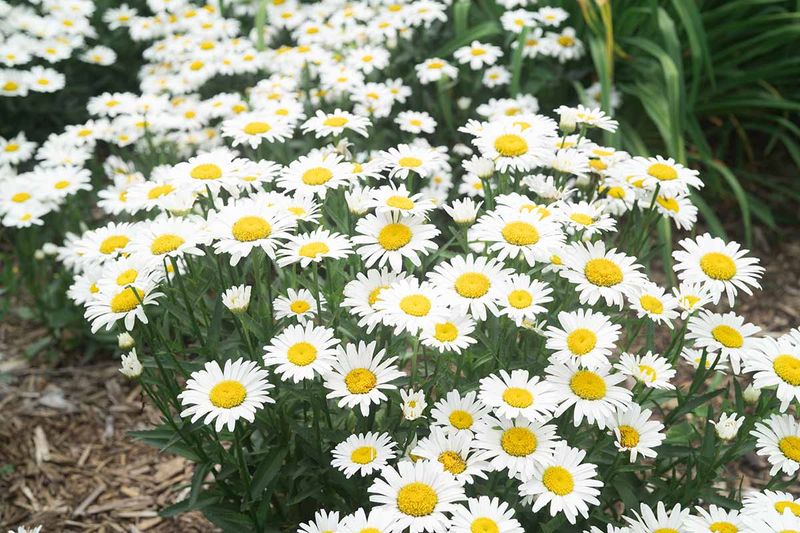Dividing perennials keeps your garden healthy and vibrant, but timing matters more than you might think. While many gardeners automatically divide plants in fall, certain cold-hardy perennials actually recover better when split in spring.
Understanding which plants prefer spring division can save you heartache and give your garden the best chance to thrive.
1. Bearded Iris
Bearded irises develop dense rhizome networks that eventually choke themselves if not divided. Spring division, just after flowering, gives them the longest growing season to establish before winter.
Gently lift the rhizome clump with a garden fork, shake off excess soil, and cut the rhizomes into 3-5 inch sections. Each section needs at least one fan of leaves and healthy roots. Replant with the top of the rhizome exposed to sunlight.
2. Ornamental Grasses
Spring brings the perfect opportunity to divide those massive clumps of ornamental grasses before they reach their full growth potential. Wait until you see the first green shoots emerging from the soil.
Cut back any remaining dead foliage, then use a sharp spade to slice directly through the crown. Don’t be timid! Divide large clumps into quarters or smaller sections depending on the original size. Each division should have plenty of roots and several emerging shoots.
3. Hostas
Morning sunlight illuminates the emerging nubs of hostas in spring, signaling the perfect division time. Their fleshy root systems recover quickly when temperatures are mild and moisture abundant.
Dig around the entire plant and lift it gently. Wash away soil to see natural division points or use a sharp knife to cut through the crown. Each division needs several healthy buds and roots. Replant immediately at the same depth, keeping the soil consistently moist for several weeks afterward.
4. Daylilies
Daylilies grow into impressive clumps that eventually become crowded and flower less vigorously. Spring division rejuvenates these hardy perennials just as new growth appears.
Lift the entire clump and shake or wash away soil to reveal the natural fan divisions. Pull or cut fans apart, ensuring each division has roots attached. For overgrown clumps, two garden forks inserted back-to-back can pry stubborn sections apart. Trim foliage to about 6 inches before replanting.
5. Coral Bells (Heuchera)
Woody centers develop in coral bells after several seasons, making spring division essential for maintaining vigor. Their shallow root systems make them easy to lift as new growth emerges.
Carefully dig around the plant’s perimeter and lift the entire clump. The woody center can be discarded, while the outer sections with fresh growth make perfect divisions. Each piece should have several leaves and healthy roots. Replant at the same depth and water thoroughly.
6. Black-Eyed Susan (Rudbeckia)
Black-eyed Susans spread enthusiastically through both seeds and underground rhizomes. Spring division controls their exuberance while giving you plenty of new plants.
Using a sharp spade, slice through the outer portions of the clump, leaving the original plant intact if desired. Each division needs several growing points and a good root system. Smaller divisions establish more quickly than large chunks. Water consistently until new growth shows they’ve settled in.
7. Hardy Geraniums
Hardy geraniums form dense mats that benefit from rejuvenation every few years. Spring division prevents the centers from dying out and stimulates fresh growth around the edges.
Dig up the entire plant and use your hands or a sharp knife to separate it into smaller chunks. Each division should have several growing points and a portion of the root system. Trim back any straggly growth before replanting at the same depth they were growing previously.
8. Baptisia (False Indigo)
Baptisia develops a deep taproot that makes division challenging but not impossible. Spring offers the best opportunity when new shoots are just emerging but haven’t grown tall.
Dig deeply around the plant, aiming to preserve as much of the root system as possible. Use a sharp spade or saw to cut through the woody crown. Each division needs at least one growing point and portion of roots. Young plants divide more successfully than decades-old specimens.
9. Asters
Asters frequently develop bare centers as they age, making spring division a perfect way to rejuvenate these late-season bloomers. Look for the first green shoots breaking through the soil as your signal.
Lift the entire clump and discard the woody center portions. Separate the vigorous outer sections into smaller divisions, each with several shoots and roots. Replant immediately, setting the divisions at the same depth they were growing before. Water thoroughly to help them establish.
10. Garden Phlox
Garden phlox benefits tremendously from spring division every few years. This practice improves air circulation, reduces disease problems, and reinvigorates flowering.
Dig around the clump and lift it carefully once new growth reaches about 2-4 inches tall. Separate the clump into sections using your hands or a sharp knife. Each division should have several shoots and a good root system. Replant immediately, setting plants slightly higher than they were growing previously.
11. Astilbe
Astilbes create gorgeous plumes in shady gardens but need division every 3-4 years to maintain vigor. Spring division ensures they have time to establish before summer’s heat arrives.
Lift the entire clump once new growth appears. Use a sharp knife to cut through the crown, ensuring each division has several growing eyes and a portion of the root system. Trim any damaged roots before replanting at the same depth, keeping the soil consistently moist as they establish.
12. Coneflowers (Echinacea)
Coneflowers develop substantial root systems that benefit from occasional division in spring. This native prairie plant recovers quickly when divided as new growth emerges.
Use a garden fork to carefully lift the entire clump, preserving as many roots as possible. Shake off excess soil and pull or cut the clump into smaller sections. Each division needs several growing points and a healthy portion of roots. Replant at the same depth and water thoroughly.
13. Bee Balm (Monarda)
Bee balm spreads vigorously through underground stems, making spring division necessary for controlling its growth. Division also prevents the centers from dying out and reduces powdery mildew problems.
Dig up the outer portions of the spreading clump, leaving the center intact if desired. Each division should include several growing points and roots. Discard any sections with brown or rotting roots. Replant divisions immediately and water well to establish.
14. Siberian Iris
Unlike their bearded cousins, Siberian irises form dense, fibrous root systems that become incredibly tough over time. Spring division rejuvenates flowering and prevents the centers from dying out.
Dig deeply around the clump and pry it from the ground. Two garden forks inserted back-to-back can help separate particularly stubborn clumps. Cut through the crown with a sharp knife or saw, ensuring each division has fans of leaves and roots. Trim the foliage to about 6 inches before replanting.
15. Yarrow (Achillea)
Yarrow’s spreading habit makes spring division an ideal way to control its growth while creating new plants. Their shallow root systems make them among the easiest perennials to divide.
Simply dig up sections from the edge of the clump using a sharp spade. Each division should have several growing points and a portion of the root system. Very large clumps can be lifted entirely and pulled apart by hand. Replant immediately at the same depth they were growing previously.
16. Japanese Anemone
Japanese anemones bring late-season color but can become crowded over time. Spring division keeps them blooming vigorously and prevents them from spreading too aggressively.
Carefully dig around smaller sections at the edge of the clump. Their fleshy roots can be brittle, so handle them gently. Each division needs several growing points and a good portion of roots. Plant immediately at the same depth and keep consistently moist until established.
17. Shasta Daisies
Shasta daisies form clumps that gradually spread outward while centers become woody and less productive. Spring division every 2-3 years keeps them vigorous and flowering abundantly.
Dig around the entire clump and lift it from the ground. Discard the woody center and separate the outer portions into smaller divisions with several shoots each. Cut through tough roots with a sharp knife if needed. Replant immediately at the same depth, watering thoroughly to help them establish.

